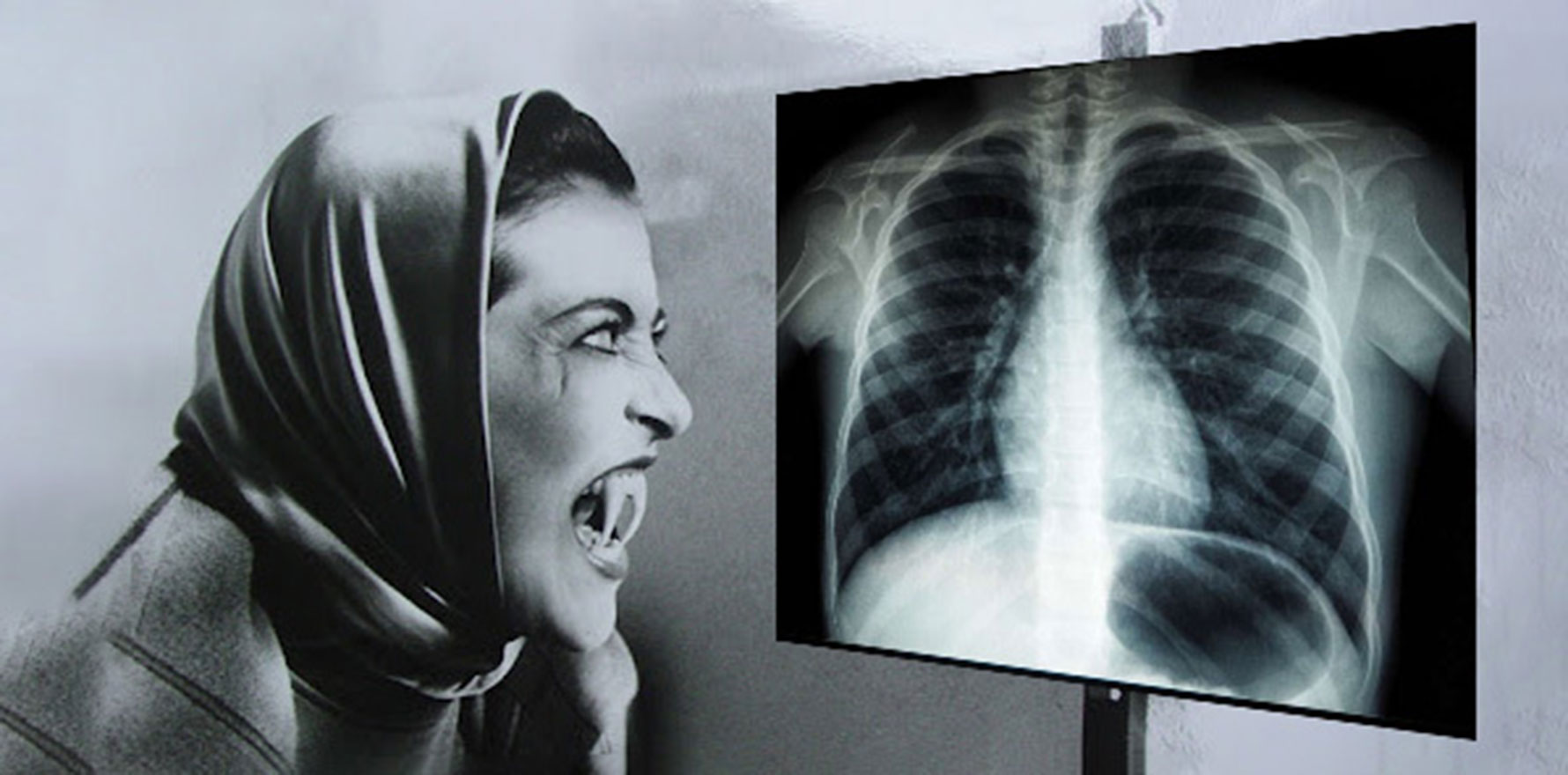One bully can leave you with a lasting fear. The good news is that most are lovely and some are incredibly helpful.
Some 15 or 20 years ago, when I was a medical student, there was a hospital radiologist so terrifying that he made a medical student or junior doctor cry almost daily.
He was intimidating, full of power plays and ego and intentionally obtrusive. When the surgical consultant would ask us to go see the radiologist for “an urgent verbal [report]” – or worse, receiving a page from the radiologist to “Call me about your CT request” – it brought feelings of dread bordering on terror.
Honestly, it made me wary about radiologists for years and constantly nervous about requesting imaging or asking for clarification on reports. I think part of the problem is the deep commitment to professional medical hierarchy that exists in the hospital systems. There are no radiology interns or HMOs – and usually the junior most members of the medical teams (students or interns, often) are instructed to go Speak With The Radiologist (consultant).
It is an atypical inter-level communication; normally referrals are made to other junior doctors rather than team consultants. The uneven power balance, which embarrassingly is well reinforced in medicine even today, already creates anxiety and stress. Adding a bullying consultant on the other side results in misery.
Today, if you would believe, community radiologists are the doctors with which I interact the most and most gratefully.
When I started in general practice, I carried the same dread when the receptionist would inform me that The Radiologist was on Line 2, and could I pick up the call, please? I was so accustomed to frightening radiologists who were minimally constructive and maximally intimidating. It took months to understand that the local community radiologists were on my side, on the patient’s side and Happy To Help.
Nearly always, they are calling with urgent abnormal results: worst-case-scenario tumours, unexpected metastatic disease, fractures, fetal death in utero or serious findings needing immediate hospital admission. Sometimes they call to suggest a different type of scan to better address the clinical question, but in a really respectful and useful way. You might point out that the private radiologists rely on GPs for referrals and therefore a certain level of professional service is necessary for their business model. Sure, but I’ll counter that most of us can tell a good doctor from a lip-service doctor quite easily.
Related
For some years now, I’ve been almost exclusively referring to the same radiology service. Doctors tend to have favourites in everything; but I’ve found such a comfortable level of trust and comradery with the radiologists at this service. The radiologists are known to us on a first-name basis, have set up a practice with thoughtful and helpful administrative and nursing staff who are really kind to the patients, close in location, easy parking, and send reports within one to two days at latest, and nearly always accommodate same-day urgent scan requests. The reports are detailed, targeted, comment on my clinical question, and provide really useful insights. A radiologist friend of mine who works on the other side of the city wanted to know what I liked so much about these particular reports.
You know the joke: the report that describes basic anatomy “CXR NAD” and then ends with “Suggest clinical correlation” and really not very much else. Funny as a joke, frustrating as all hell in real life. Here’s one report, one complete report that I received once from a radiology service that I dislike immensely: CT brain unremarkable. Normal anatomy. Oh thanks. That helped heaps. (What happened to the radiology registrar teaching of “if you don’t comment on it, it means you haven’t looked at it”?)
What’s really helpful in a radiology report is advising time frames for follow-up scans (Suggest repeat ultrasound in 6/12 to monitor incidental gallbladder polyps), or guideline recommendations for clinical management (TiRADS 5 lesion measuring 16mm – recommend FNA), or commenting on the suspiciousness of an incidental finding (Likely benign incidental cyst with no concerning features; or unusual and irregular lesion of unclear pathology – recommend specialist review).
I think what the radiologists here understand is that we are really isolated in general practice and we don’t operate in teams. The clinical decision making is by me and me alone and an incorrect interpretation of a vague radiologist’s report may lead to a very bad outcome, so the radiologists write good reports that will be useful and safe for busy local generalists. Of course, there is the medicolegal risk radiologists carry if they fail to comment on red flag findings or important follow-up; but as with any doctor and any bell curve, 50% of us are performing below average. Some GPs carry higher medicolegal risk. So do some radiologists.
The interventional radiologist who worked at this practice is quite possibly one of the single most helpful doctors I have ever met. He typically reported the CTs and MRIs, and nearly all of the cervical and lumbar spine imaging. His reports were unparalleled and would conclude with text like “Multi-level disc prolapses, severe facet joint degeneration and multi-level nerve root compression. If the patient’s predominant symptoms are in the left L3/4 nerve distribution, they could be referred for a CT-guided lumbar facet joint corticosteroid injection at this level. However, if the pain persists after 2-4 weeks, they could try a CT-guided L5 perineural corticosteroid injection to address gluteal symptoms.” He helped make a treatment plan. He clinically correlated.
It was a very sad day when a patient told me that this favourite radiologist (favourite for both of us; with her metastatic bowel cancer, she was very well known to the radiology practice) had left. I understand he took on a fantastic Head of Radiology role somewhere. Good for him; he was an outstanding radiologist who was very deserving of a role that like; but genuine disappointment for me. Most patients and families with complex medical needs have a regular radiology practice they attend; it is useful for image comparisons and anxiety and continuity. Many of my patients knew the interventional radiologist, either by his name at the end of their reports, or as a patient of his. It has really been a loss to the local community.
My own radiologist friend pointed out that it’s easier to write helpful reports when given helpful context by the referrer. This makes sense; a CT abdomen request with “Pain” as the history would make me want to throw a tomato at someone, too.
For any junior doctors reading: if it is helpful, I try to write a three-line referral on the radiology forms. One line of history and risk factors; one line of examination findings; and one line about the pathology I am concerned about. E.g. CT chest: 70yo man w previous treated TB, heavy smoker 30 years. 1/12 haemoptysis. Normal Ex. Need to rule out lung ca. Planning resp referral.
So anyway, that’s the story arc of my now rather fulfilling and appreciative relationship with radiologists. To the ones to who take time and effort to write good reports that make a GP’s job easier, I hope you know how valued you are.
Dr Pallavi Prathivadi is a Melbourne GP, adjunct senior lecturer at Monash University, 2024 RACGP mentor, and newly appointed member of the Eastern Melbourne PHN Clinical Council. She holds a PhD in safe opioid prescribing and was a Fulbright Scholar at the Stanford University School of Medicine, and previous RACGP National Registrar of the Year.





